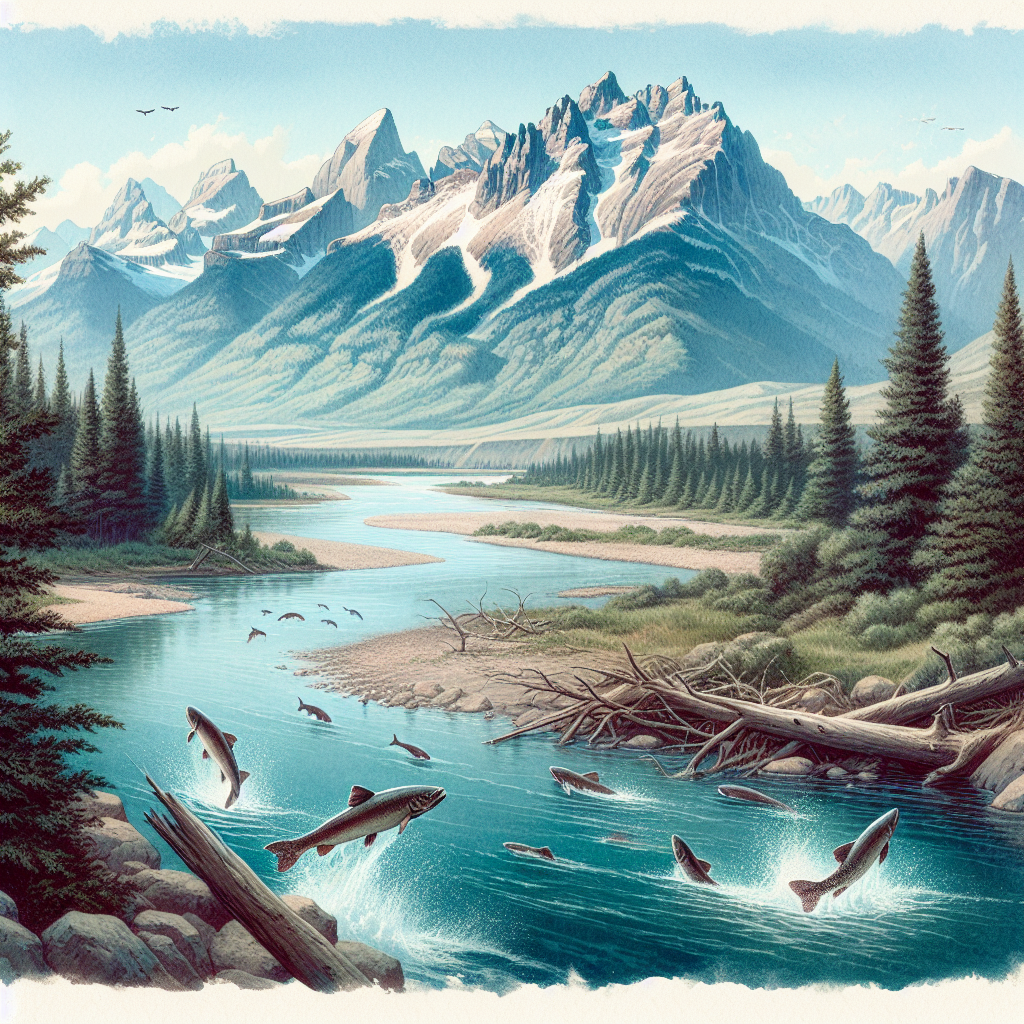One notable issue that has sparked conversations among environmentalists and anglers is the reintroduction of wolves, an apex predator, into neighboring regions. The Colorado Governor, Jared Polis, recently faced backlash for attributing the cost of this project to local ranchers. This issue has direct implications on Montana’s local ecosystems and fishing industry, as it can potentially disrupt the food chain and affect fish populations.
While wolves might not directly impact aquatic life, their reintroduction can affect the populations of certain animals that are integral to the health of rivers and streams. For instance, an increase in wolves could lead to a decrease in the population of elk and other large herbivores.
This would potentially affect the riparian vegetation that stabilizes stream banks and provides shade, crucial for maintaining colder water temperatures that fish prefer.

On a different note, Montana’s wide expanses and sparse population echoes the character of Wyoming, another state in the American West that is often celebrated for its vast open lands. The Cowboy State, as it’s fondly known, recently featured in an extensive Ural Motorcycle journey across the U.S. The adventurers relished the very characteristic that Montana shares with Wyoming: low population density.
This quality plays an essential role in the preservation of Montana’s fishing industry.
With fewer industrial pressures compared to denser states, Montana’s rivers and streams have been relatively preserved, ensuring a thriving fishing experience. However, it is significant to note that despite the geographical advantages, human activity, even if sparse, can still pose serious threats to aquatic life.
The conservation of these natural fishing grounds is essential, not only for the leisure it provides but also for the economic activity it fuels.
It’s important to balance the scales between recreational activities like fishing, necessary rewilding efforts such as the reintroduction of the wolf, and the need to protect the interests of local communities.
In the midst of these challenges, Montana remains a beacon for fishing enthusiasts worldwide. The promise of casting a line in the clear, undisturbed waters and waiting for a trout’s unmistakable tug is an unparalleled experience. However, the ongoing environmental and ecological changes serve as a potent reminder of the delicate balance needed to ensure that future generations will have the same privilege.
In conclusion, while the narrative of Montana fishing may be unraveling amid these changes, it is also evolving, adapting, and reminding us of the importance of preserving the natural order. The storied past of Montana fishing is being written into an uncertain, but hopeful, future, leaving behind a legacy for the anglers who will follow in our footsteps.